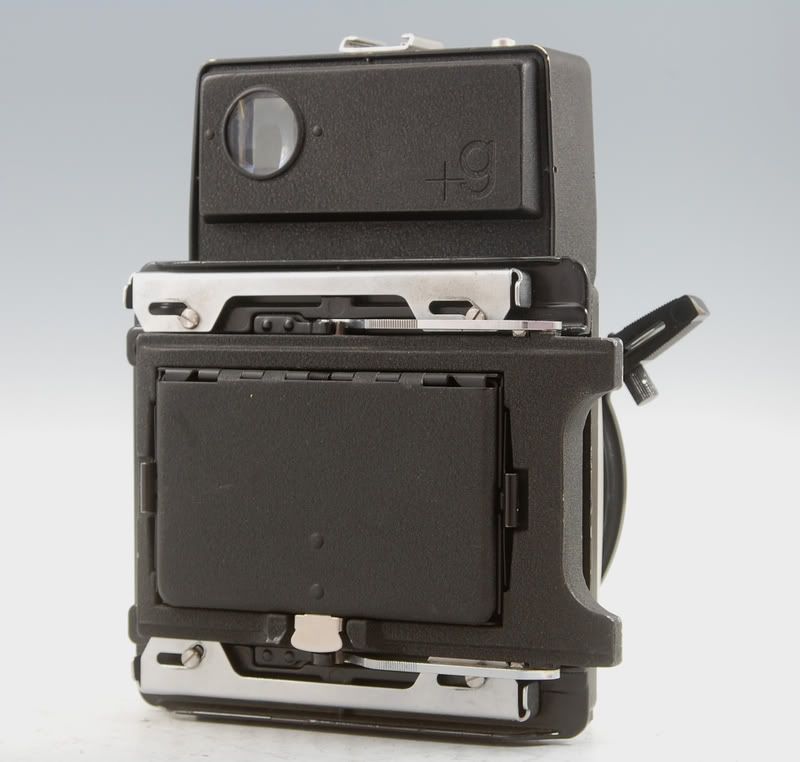Wiyum
Established
Hey all,
I've been taking pictures for about ten years now, and I've been itching to try something new, something to reinvigorate the experience. Sometimes I think that something new is a rangefinder, and I long for an M6 or one of the new Ikons. Sometimes I think that something new is a medium format camera, and I lust after the Contax 645s and Hasselblad 500s.
I've realized that the best thing for me to do would be to grab a medium format rangefinder, kill two birds with one stone. Which brings me here.
Somehow I've been drawn to the 6x9 format (familiar aspect ratio, perhaps?), and as a result, I'm looking at two options: The Fuji GW690 (i/ii/iii) and the Mamiya Press. I looked at some of the old folders for a time, but I really don't like the feel of the folders.
I don't mind the fixed lens-ness of the Fuji, at least not at the moment. But it looks like I could only afford the first version, and not the mark 2 or mark 3. Is there anything noteworthy about the mark 1 that might give me pause? The Dante Stella Fuji 690 history page didn't show anything that seemed drastic to me, but I'm sure I could be missing something.
I can't find much information on the Mamiya Press stuff, apart from messageboard posts of people who loved the camera and people who regretted having sold theirs. I see that it has a brightline viewfinder, but I can't find which lenses have lines in the viewfinder. I also can't find any information on the light meter (does the Press have one? The Fuji?).
In addition, I'm looking at opinions on these cameras in general, as well as warnings about possible difficulty in finding repairs if a shutter breaks down or the like.
Finally, if there's a medium format rangefinder that you recommend that can be had for not too much money (just finished grad school), recommend away. I'm not married to these cameras nor to the 6x9 format.
Thanks in advance for any help you can offer,
Will
I've been taking pictures for about ten years now, and I've been itching to try something new, something to reinvigorate the experience. Sometimes I think that something new is a rangefinder, and I long for an M6 or one of the new Ikons. Sometimes I think that something new is a medium format camera, and I lust after the Contax 645s and Hasselblad 500s.
I've realized that the best thing for me to do would be to grab a medium format rangefinder, kill two birds with one stone. Which brings me here.
Somehow I've been drawn to the 6x9 format (familiar aspect ratio, perhaps?), and as a result, I'm looking at two options: The Fuji GW690 (i/ii/iii) and the Mamiya Press. I looked at some of the old folders for a time, but I really don't like the feel of the folders.
I don't mind the fixed lens-ness of the Fuji, at least not at the moment. But it looks like I could only afford the first version, and not the mark 2 or mark 3. Is there anything noteworthy about the mark 1 that might give me pause? The Dante Stella Fuji 690 history page didn't show anything that seemed drastic to me, but I'm sure I could be missing something.
I can't find much information on the Mamiya Press stuff, apart from messageboard posts of people who loved the camera and people who regretted having sold theirs. I see that it has a brightline viewfinder, but I can't find which lenses have lines in the viewfinder. I also can't find any information on the light meter (does the Press have one? The Fuji?).
In addition, I'm looking at opinions on these cameras in general, as well as warnings about possible difficulty in finding repairs if a shutter breaks down or the like.
Finally, if there's a medium format rangefinder that you recommend that can be had for not too much money (just finished grad school), recommend away. I'm not married to these cameras nor to the 6x9 format.
Thanks in advance for any help you can offer,
Will


